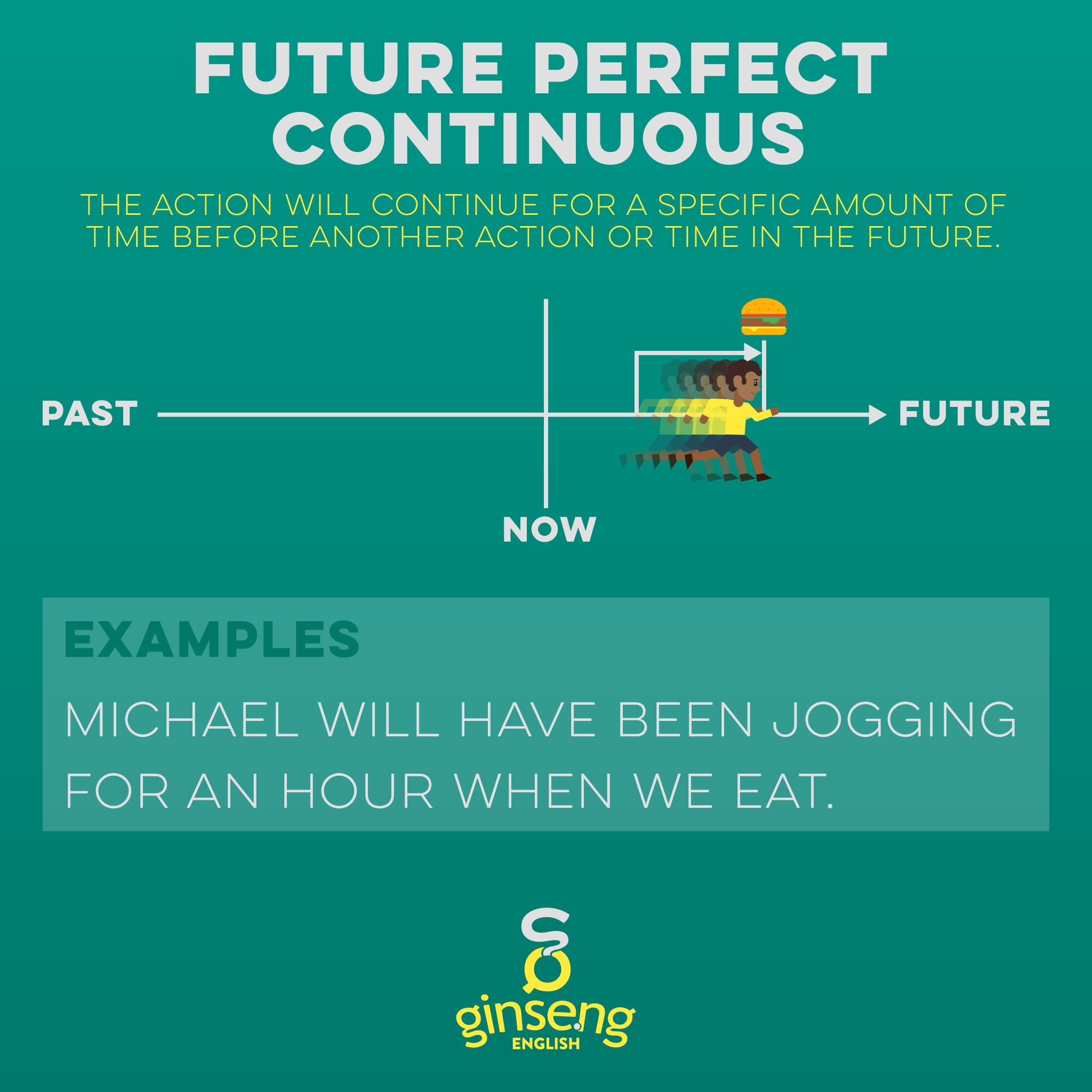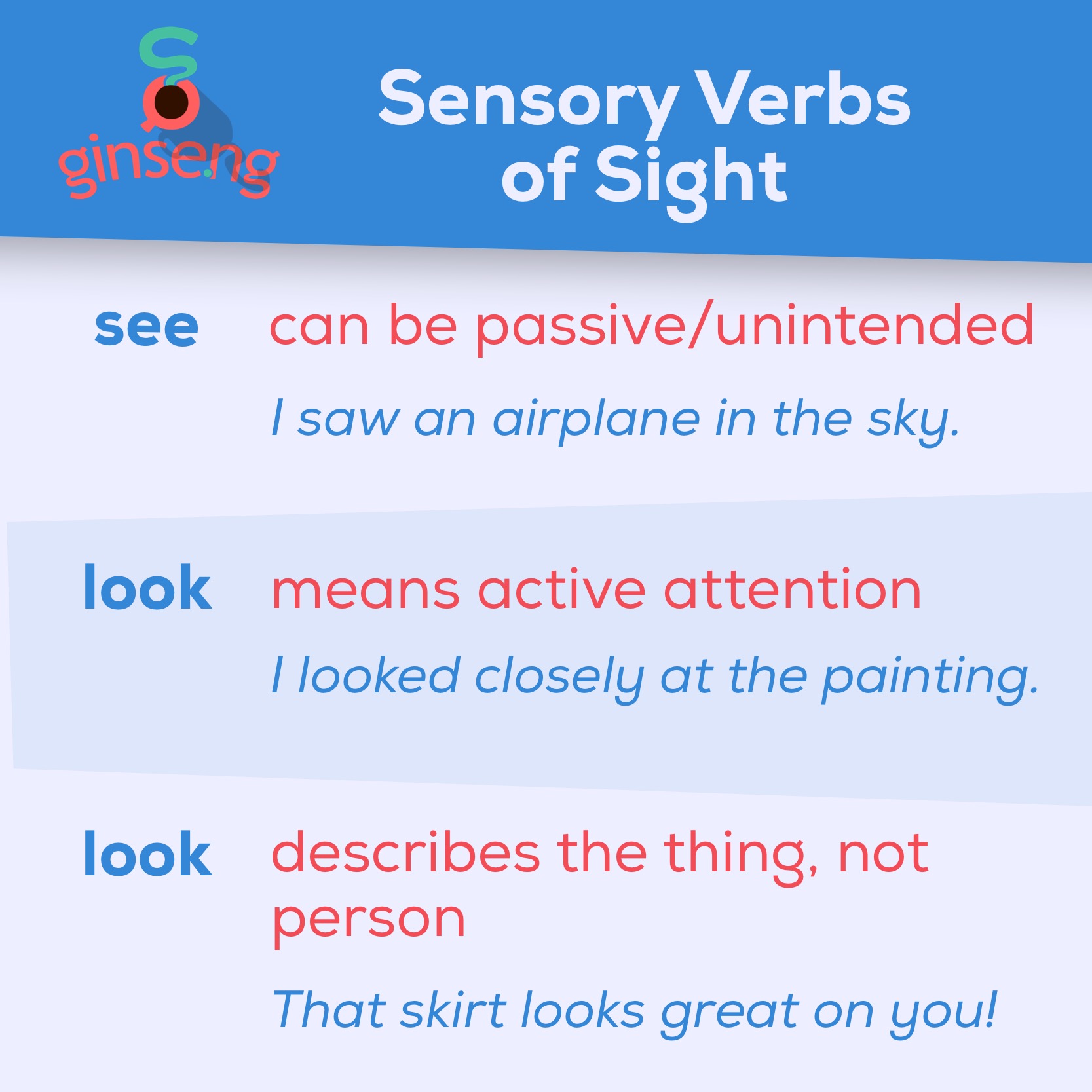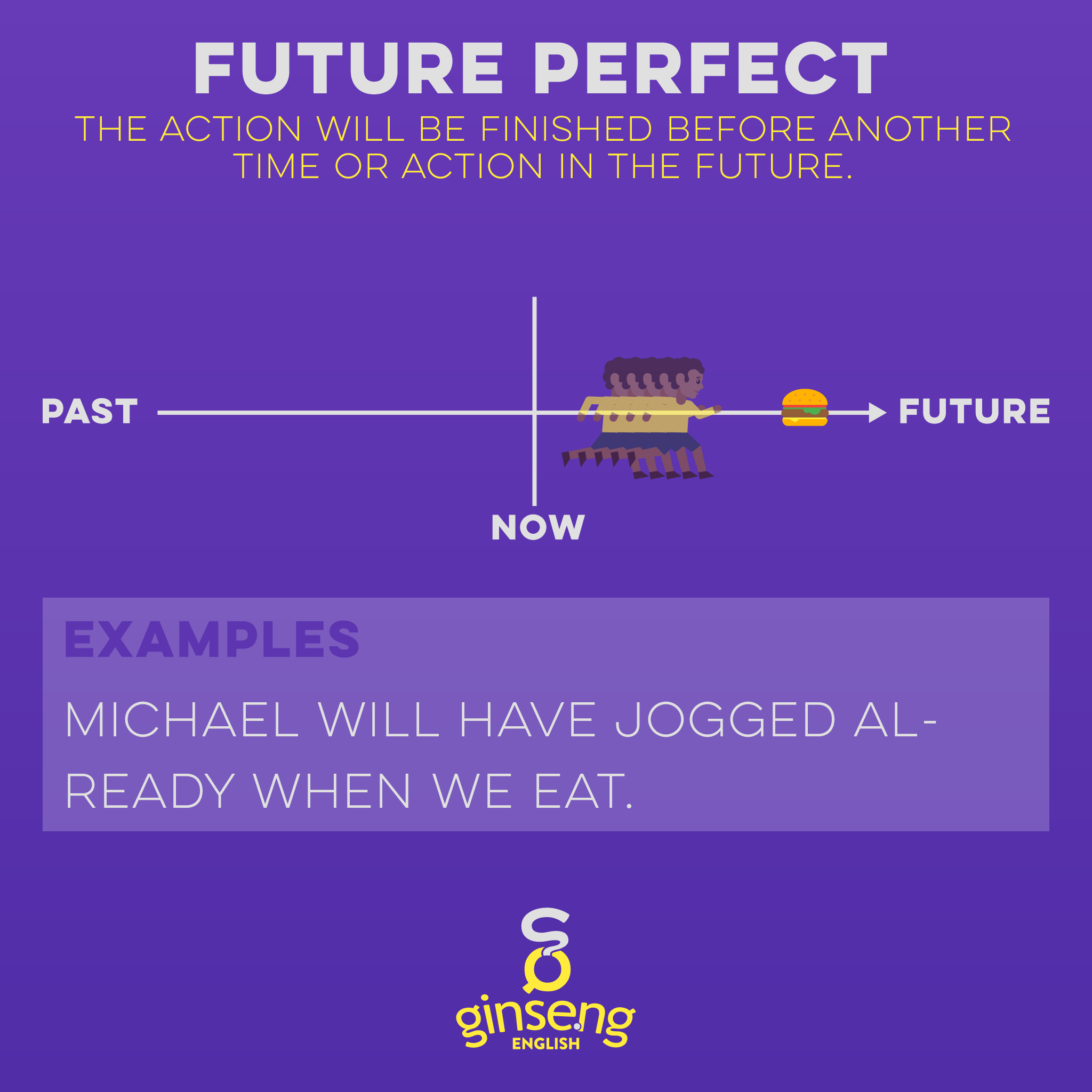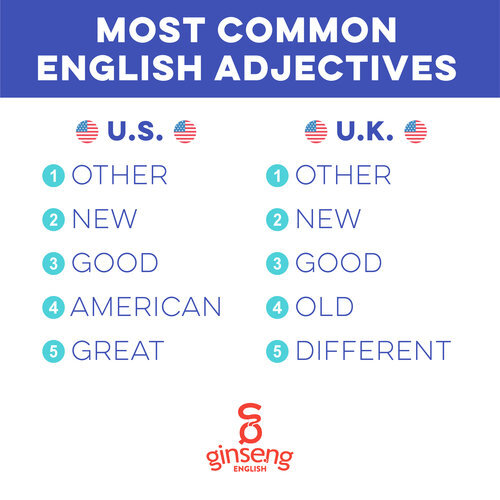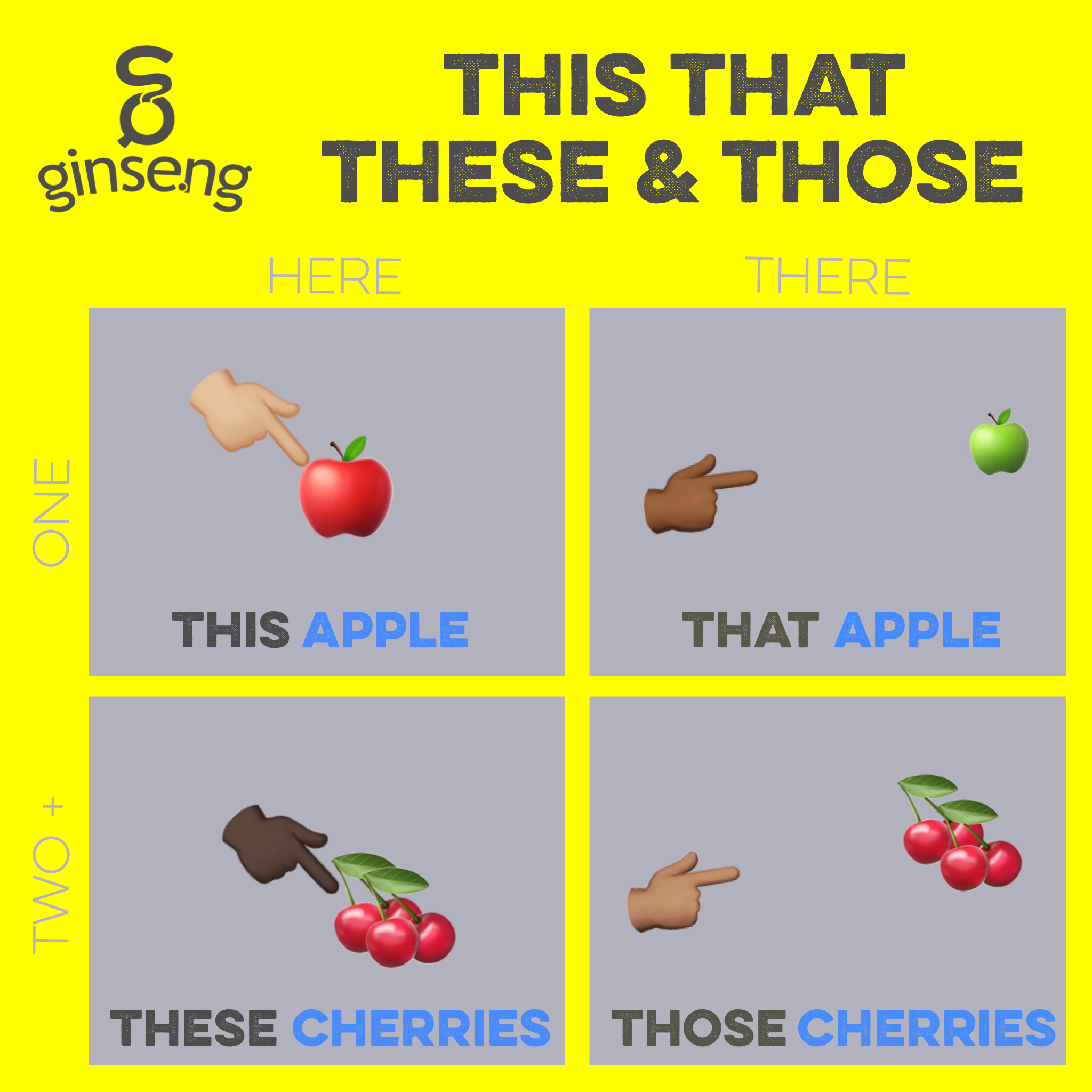One challenging aspect of learning English is that there are different registers: we have spoken English and written English, formal English and informal English. Some words are okay in every register, but others are only okay in speech. Some only sound right in writing.
Contractions are a big part of distinguishing between these different forms of English. If you ever go to an English-speaking university, you'll find that you can't use can't or don't or isn't in your academic writing. Let's take a look at what contractions are and how they can make your English more or less formal.
What are Contractions?
Contractions are words that combine two or more other words together into a new shortened version, usually using an apostrophe ('). Contractions are very common in spoken English. You have probably heard some of these common contractions: I'm, can't, aren't, don't, didn't.
The apostrophe is small, but important. In writing you must use the apostrophe. You do not pronounce it, but it is important in writing. Notice that the apostrophe represents some letters that are missing from the longer form of the word. For instance, the apostrophe in didn't is in place of the O in did not and the apostrophe in I'm is in the place of the A in I am.
Be careful, because not every word with an apostrophe is a contraction. Possessive nouns in English end with apostrophe -s, (Bob's house, Carla's mom) but these are not contractions.



